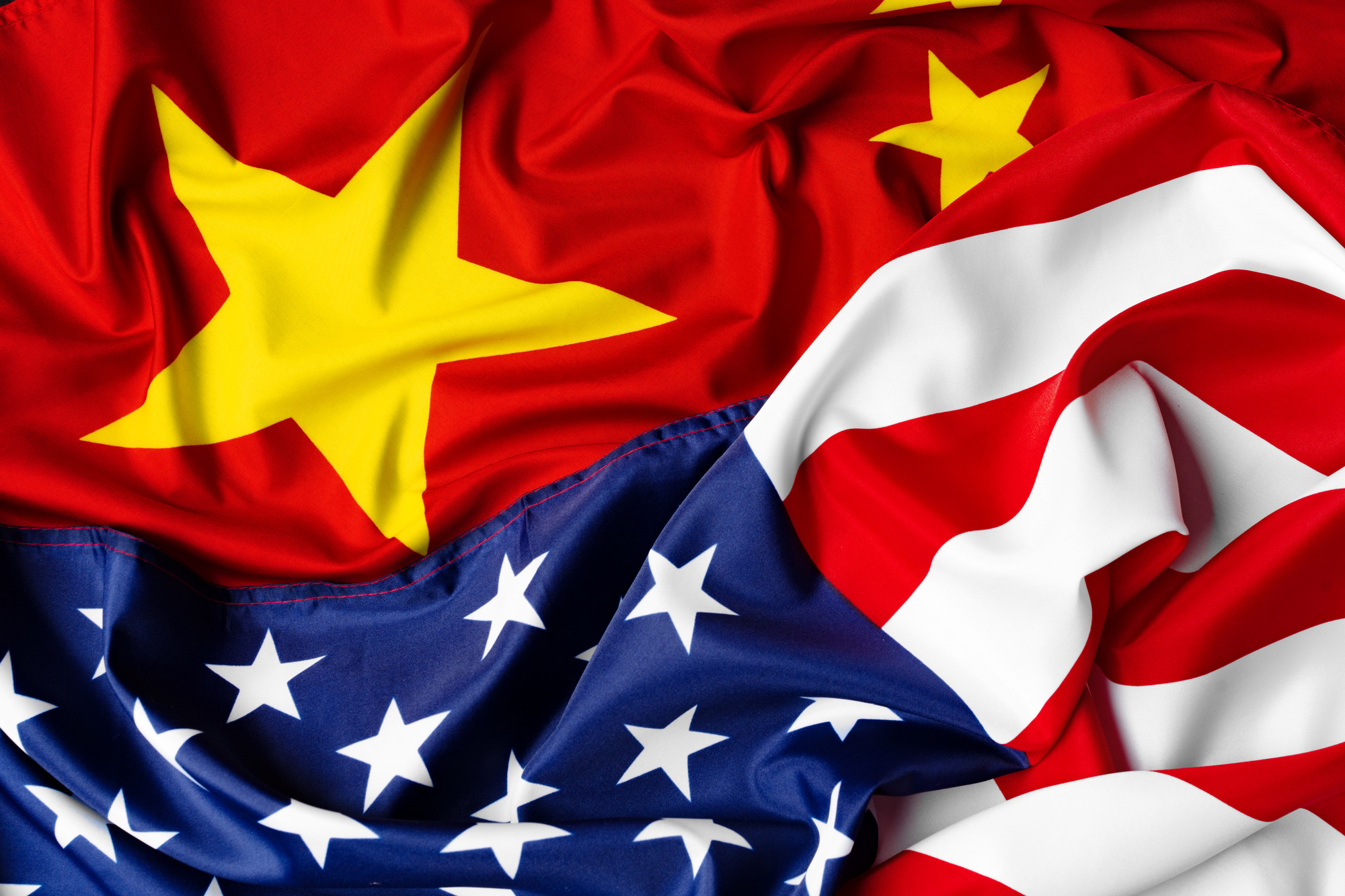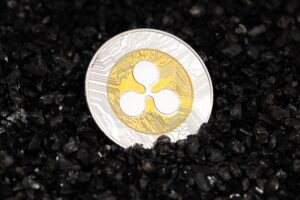In trademark fashion, Donald Trump stirred both markets and diplomacy with a single social media post Friday, suggesting that an 80% tariff on Chinese imports “seems right”—a statement both provocative and, paradoxically, potentially conciliatory.
Coming just ahead of critical U.S.–China trade negotiations scheduled for this weekend in Switzerland, the remark could be read less as a line in the sand and more as a signal that Trump is ready to deal, on his own terms.
Walking Back from the Brink?
The U.S. currently enforces tariffs as high as 145% on some Chinese goods, a holdover from years of escalating tensions that many economists say has functioned less as a policy lever and more as an outright embargo. China has responded in kind, with its own retaliatory tariffs reaching 125%.
These numbers have paralyzed significant portions of trade between the world’s two largest economies—yet Trump’s Friday post, as blunt as it was, could be the first real crack in the stalemate.
By floating a significantly lower tariff figure—80% is still aggressive, but notably softer than 145%—Trump may be trying to reframe the narrative ahead of talks. He added a hedge, too, noting that it’s ultimately “Up to Scott B,” referring to Treasury Secretary Scott Bessent, who will lead the U.S. delegation in the negotiations.
Inside the Talks
Scheduled to take place in Switzerland, the talks will feature Bessent, U.S. Trade Representative Jamieson Greer, and Chinese Vice Premier He Lifeng. The choice of venue is telling: neutral ground for a highly charged diplomatic encounter.
These discussions follow weeks of choreographed messaging, where both Washington and Beijing have postured to appear less desperate for a deal. Just days ago, Trump bluntly rejected suggestions that the U.S. should lower tariffs before serious talks begin, saying “No” when asked if he was open to reducing them.
Yet his tone began shifting Thursday. Speaking to reporters outside the White House, Trump predicted, “I think we will have a very good weekend,” and hinted that tariffs could come down “if this weekend’s talks go well.”
That’s a far cry from earlier in the week, when he declared that the U.S. is “losing nothing” by not trading with China—a statement that sounded more like a declaration of economic war than a setup for a truce.
Messaging or Mixed Signals?
Trump’s remarks raise an enduring question of his presidency: Is he signaling policy or just testing the waters? His trade adviser Peter Navarro, speaking on Bloomberg Friday morning, didn’t clarify matters. He called it “an interesting weekend for markets,” but declined to comment further, adding no detail on whether a unilateral lowering of tariffs was under serious consideration.
If Trump is looking for leverage, this may be his strategy: project toughness (80% tariff!) while privately allowing his team flexibility to pivot. That’s been a hallmark of his negotiation style, particularly with China, where headline-grabbing rhetoric is often followed by behind-the-scenes recalibration.
Markets and Diplomats Watch Closely
The global business community is watching these developments with a mixture of fatigue and anticipation. Tariff wars have become standard operating chaos for the U.S. and China since Trump’s initial “Liberation Day” tariffs launched this prolonged standoff.
But with economic pressures mounting on both sides—from U.S. inflationary concerns to China’s slowing post-COVID recovery—the incentive to find a face-saving off-ramp may finally be outweighing the political need to look tough.
Trump’s declaration that “CLOSED MARKETS DON’T WORK ANYMORE!!!” might be bluster. Or it might be the beginning of a pivot—one that acknowledges the limits of tariff-driven isolation and the growing need for re-engagement, even if on unequal terms.
What to Watch Next
This weekend’s talks won’t end the trade conflict. No one expects a handshake and a signed deal by Sunday night. But if the U.S. delegation leaves Switzerland with a framework for reducing tariffs in phases, that alone would represent the first meaningful de-escalation in years.
Whether Trump’s 80% figure is a floor, a ceiling, or just a headline will depend on what Scott Bessent and his Chinese counterparts are able to craft behind closed doors. As always with Trump diplomacy, the tweet is the opening act—what matters most happens after.








